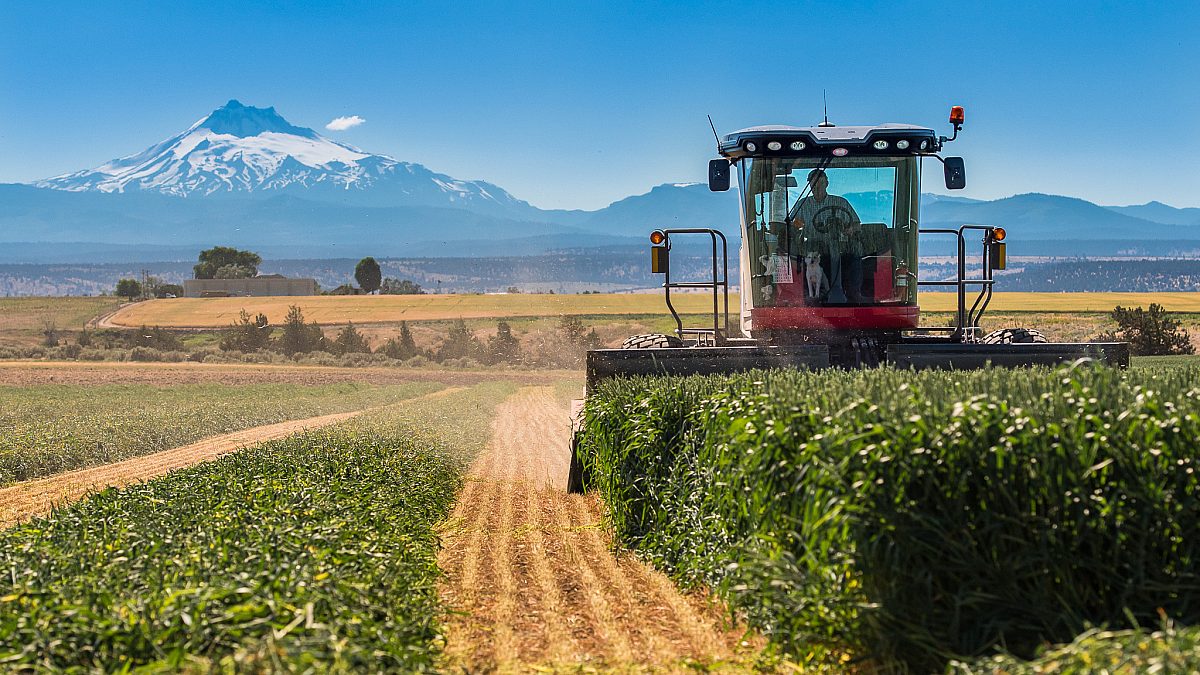Farm Income Forecast Highlights Need for a Strong Farm Bill
Zippy Duvall
President

photo credit: Charles Leutwiler, Used with Permission
Zippy Duvall
President
Farmers begin each year with a seed of optimism in their hearts, hoping the next season will be better than the last. The latest USDA farm income forecast is making it a bit harder to hold onto that hope just now, however. According to their calculations, U.S. net farm income could fall almost 16% from last year, with costs possibly increasing more than 4%. That’s on top of a record increase in farm expenses last year. It’s a bleak picture, for sure, but like any forecast, there are ways that we can—and we must—prepare for the storm.
First and foremost, it’s important to note that the ever-increasing food prices hitting all Americans are not yielding a higher paycheck for most farm families. We’re facing the same high prices at the grocery store, but some farmers are struggling to stay afloat as many face razor thin margins with circumstances beyond our control. On average, a net of just 7 cents of every dollar spent on food goes back to the farm, after paid expenses used on inputs and services are accounted for. So where are these higher price tags coming from? It’s not just any one factor, but a perfect storm—from the avian flu to the war in Ukraine to higher labor costs (up 7%) and higher storage and transportation costs (up 11%), to name a few.
We must work together to do what we can to prepare for and manage the risks that come with farming.
We also cannot ignore the real pressures that rising costs and interest rates are placing on farmers’ ability to manage debt. Farm debt—70% of which is tied up in land—is already at record highs and expected to increase. No family farmer wants to be the last generation on their farm, but many will face tough conversations if no relief comes. For a deep dive on how all these factors, along with lower livestock and crop prices and the end of pandemic-related assistance, are driving down farm income in 2023, check out this recent Market Intel from our economists.
So, what’s to be done? We must pass a farm bill, this year. Farm bill programs help farmers manage risk and weather challenges like the ones we’re facing today, to continue stocking the pantries of America’s families. At Farm Bureau, our work with leaders in Congress to renew and improve the farm bill has already begun, and we’re working across agriculture to ensure farmers and ranchers have the tools we need to keep our nation’s food supply sustainable for years to come. Farmers and ranchers cannot afford to wait, and neither can the rest of the country.
Everywhere I travel, I hear from farmers and ranchers who are unsure if they can hold on much longer as costs keeping rising. These conversations often go hand-in-hand with the challenges of finding adequate labor. Our outdated H-2A guestworker program along with its flawed wage formula has been holding back agriculture, and it is past time we get meaningful reform that helps farmers stay in business to continue providing jobs on and off the farm. Did you know that U.S. agriculture supports 21.1 million jobs across the supply chain? That’s nearly 11% of jobs in this country. We need lawmakers to come together and find a solution that works for our farms and our economy.
As I said at the start, farmers would much rather look to the future with hope. We see the possibilities for what our land can yield, and we do our best to adapt our businesses for changing markets. The farm income forecast is just that, a forecast. We need to take it seriously and prepare for what might come. But we don’t know what all of 2023 might hold. Things could turnaround yet. Meanwhile, we must work together to do what we can to prepare for and manage the risks that come with farming. Farmers and ranchers have America’s back keeping our food supply secure and sustainable, and we need Congress to have our backs by getting the 2023 farm bill passed to help us weather the storm.